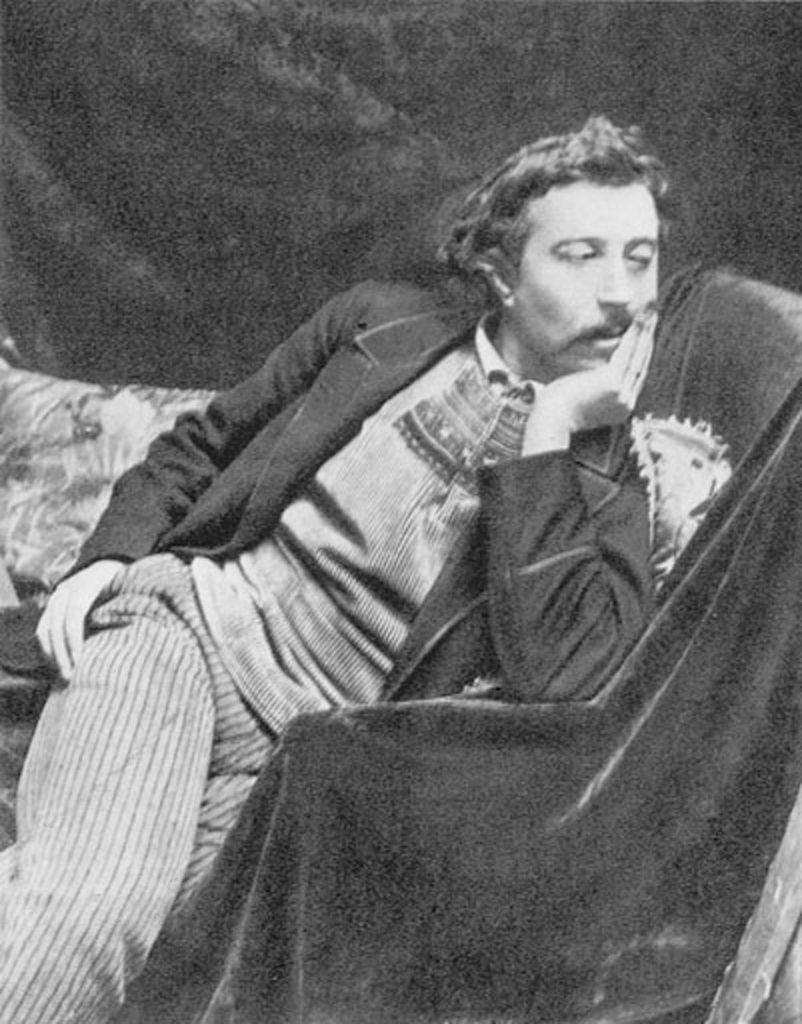Art World
Scientific Tests on Paul Gauguin’s Teeth Indicate the Artist Did Not Have Syphilis


Scientific testing on four teeth discovered during an archeological dig on the site of Paul Gauguin‘s hut in the Marquesas Islands in 2000 strongly indicates that the teeth belong to the painter, and challenge the long-held scholarly belief that he suffered from syphilis.
The teeth were found buried roughly nine feet underground in a well behind the French painter’s final dwelling place, a Maori-style hut that he dubbed “La maison de jouir,” or “House of Pleasure.” Gauguin lived there from 1901 until his death in 1903. Genetic testing found a 90–95 percent match to DNA belonging to his grandson, Marcel Tai Gauguin. Add to that their proximity to the artist’s home, and the teeth are almost certainly Gauguin’s.
And what of the syphilis? Scientists connected to the University of Chicago’s Field Museum examined the teeth, and found no traces of mercury, the era’s most common treatment for the sexually transmitted disease. This suggests that Gauguin did not have syphilis, although it is possible that he did, but was just not treated for it.